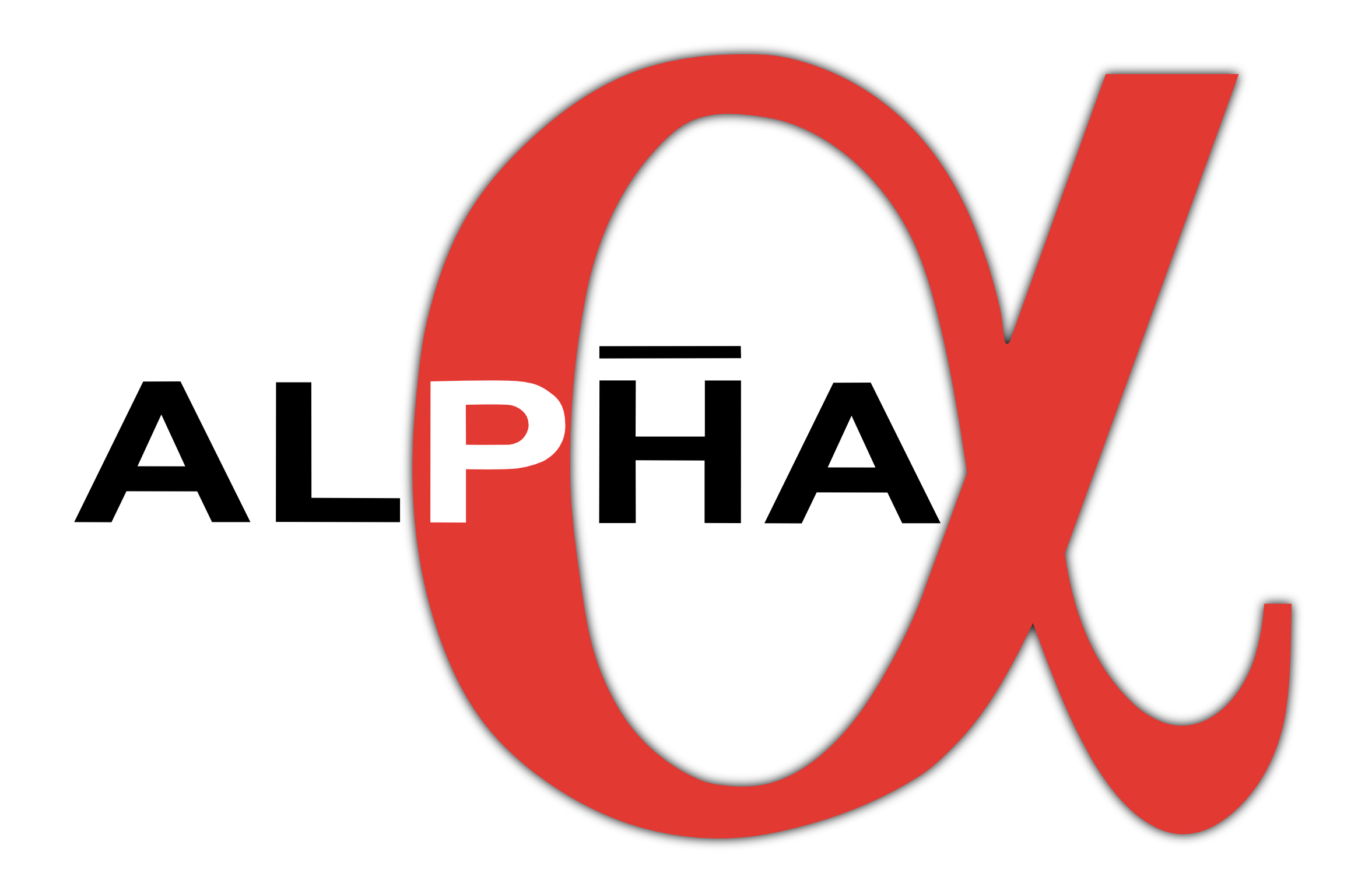The asymmetry between matter and antimatter in the universe and the incompatibility between the Standard Model and general relativity are some of the greatest unsolved questions in physics. The answer to both may possibly lie with the physics beyond the Standard Model, and comparing the properties of hydrogen and antihydrogen atoms provides one of the possible ways to exploring it. In 2010, the ALPHA collaboration demonstrated the first trapping of antihydrogen atoms, in an apparatus made of a Penning–Malmberg trap superimposed on a magnetic minimum trap. Its ultimate goal is to precisely measure the spectrum, gravitational mass and charge neutrality of the anti-atoms, and compare them with the hydrogen atom. These comparisons provide novel, direct and model–independent tests of the Standard Model and the weak equivalence principle. Before they can be achieved, however, the trapping rate of antihydrogen atoms needs to be improved.
This dissertation first describes the ALPHA apparatus, the experimental control sequence and the plasma manipulation techniques that realised antihydrogen trapping in 2010, and modified and improved upon thereafter. Experimental software, techniques and control sequences to which this research work has contributed are particularly focused on. In the second part of this dissertation, methods for improving the trapping efficiency of the ALPHA experiment are investigated. The trapping efficiency is currently hampered by a lack of understanding of the precise plasma conditions and dynamics in the antihydrogen production process, especially in the presence of shot–to–shot fluctuations. This resulted in an empirical development for many of the plasma manipulation techniques, taking up precious antiproton beam time and resulting in suboptimal performance. To remedy these deficiencies, this work proposes that simulations should be used to better understand and predict plasma behaviour, optimise the performance of existing techniques, allow new techniques to be explored efficiently, and derive more information from diagnostics
Chukman So
